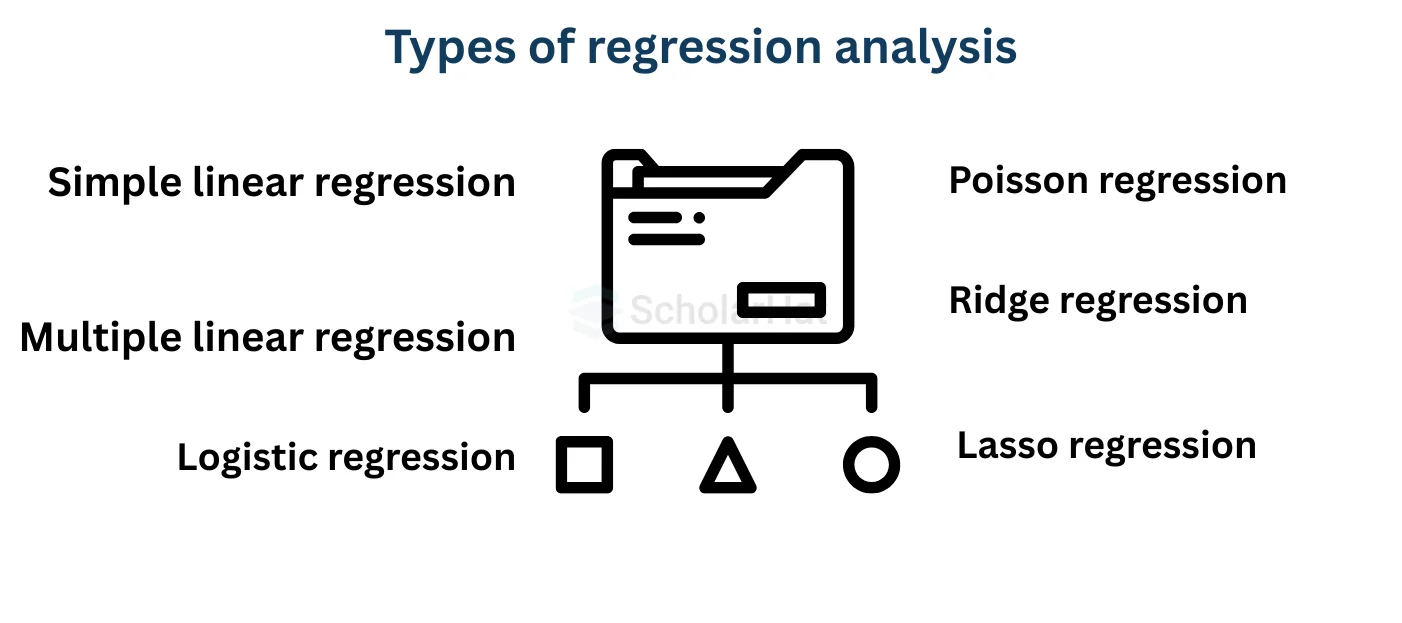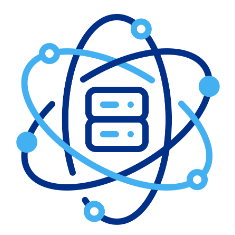26
DecRegression Analysis in Data Science
Mastering Regression Analysis in Data Science
Introduction
Knowing how to analyze data is an essential component of being a data scientist. Data scientists utilize the technique of predictive modeling to examine data and forecast future results. Regression analysis is one of the methods used in predictive modeling that is most frequently. We will examine the fundamentals of regression analysis in data science, including its types, procedures, Model selection in data science, and best practices, in this comprehensive article.
What is Regression Analysis in Data Science
Regression analysis is a statistical method for examining the connection between a dependent variable and one or more independent variables. Regression analysis seeks to identify the line that best captures the relationship between the variables. Regression line or line of best fit are two terms used to describe this line.
Read More - Data Science Interview Questions And Answers
Why we use regression analysis?
Techniques for regression analysis are required to examine the correlation between two or more variables. The strength and direction of the link between the dependent variable as well as the independent variable are determined using regression analysis. Regression analysis can be used to forecast future results once the relationship has been found.
Predictive Modeling and Techniques
Definition: Predictive modeling is a data science technique that analyses data and makes predictions about future outcomes using statistical algorithms & machine learning. To predict future events, it helps to identify patterns and correlations within the data.
Models
- Regression models: These models are used to forecast continuous quantities, such as house prices and room temperatures. To effectively estimate numerical results, they build a mathematical link between the input variables and the goal variable.
- Models for classification: These models are used to forecast categorical variables, such as emails that are spam or those that are not. They divide data into discrete groups depending on characteristics and enable the precise prediction of upcoming classes.
Predictive modeling techniques include
- Linear Regression: With the use of linear regression analysis, predictions based on the correlation between two continuous variables are possible.
- Logistic Regression: The classification task-appropriate statistical method known as logistic regression evaluates the connection between a dependent variable & one or more independent variables.
- Decision Trees: Hierarchical structures that divide data into categories based on several attributes. They aid in sequential decision-making and outcome prediction.
- Random Forests: To increase prediction accuracy and manage complicated relationships in data, an ensemble method called Random Forests mixes many decision trees.
Types of regression analysis

Regression analysis is a statistical technique that is used to predict the value of a dependent variable based on the values of one or more independent variables. Types of regression analysis are utilized in data science. It consists of:
- Simple linear regression: Analyses the correlation among two continuous variables using simple linear regression.
- Multiple linear regression: Determines how a dependent variable & two or more independent variables are related using multiple linear regression analysis.
- Logistic regression: When used for classification tasks, logistic regression examines the connection between a dependent variable & one or more independent variables.
- Poisson regression: Examines count data, such as how many accidents there are on a given highway.
- Ridge regression: By including a penalty term in the objective function, this method manages multicollinearity in multiple linear regression.
- Lasso regression: Similar to ridge regression, but with a different regularisation strategy, is used to solve multicollinearity by including a penalty term.
Model selection in data science and Diagnostics in Data Science
Model selection and diagnostics are two important aspects of data science. Model selection is the process of choosing the best model for a given dataset, while diagnostics is the process of understanding how well a model fits the data and identifying any potential problems.
Model selection in data science :
- The process of selecting the ideal model for a specific dataset is known as Model selection in data science .
- The model with the highest predicted accuracy and the lowest error is the best one.
- Comparing various models according to their predicted accuracy and error entails selecting the best model.
Diagnostics
- Diagnostics is the process of assessing a model's performance and underlying assumptions.
- The residuals, or the discrepancies between the anticipated values and the actual values, are examined as part of the diagnostic process.
- The model provides a good fit for the data if the residuals are regularly distributed and have a constant variance.
Understanding Predictive Regression and Its Applications
Definition: To analyze data and forecast future results, predictive regression uses statistical techniques and machine learning. Predictive regression aids in the prediction of ambiguous values and patterns by creating a link between the input variables & the target variable.
Applications:
- House Price Prediction: Using predictive regression, it is possible to predict the price of a home based on many variables, including location, size, and amenities. This enables purchasers and real estate agents to make well-informed judgments.
- Sports outcome forecasting: Predictive regression models can examine past data to forecast the results of sporting events, such as baseball games. This aids in the strategic decision-making process for sports fans, experts, and bettors.
- Customer Behaviour Forecasting: Predictive regression helps organizations forecast customer behavior, such as the likelihood that a customer would buy a product. Targeted marketing, client retention plans, and individualized advice can all benefit from this information.
- Stock Price Prediction: Predictive regression techniques can be used in the financial sector to forecast stock prices by examining past market data and spotting trends and patterns, supporting investors in making investment decisions.
- Healthcare Outcome Prediction: By examining patient information, symptoms, and medical history, predictive regression models can assist in predicting disease outcomes. Early diagnosis, treatment planning, & patient management are all aided by this.
Best Practices of regression analysis
Regression analysis best practices include:
- Data Preparation: Data preparation is part of ensuring the dataset is clear, full, and devoid of outliers. Correctly handle missing values and, if necessary, transform variables.
- Variable Selection: Determine which variables are pertinent based on their statistical significance and domain expertise. Including extra or redundant variables that might generate noise should be avoided.
- Checking Assumptions: Verify the linearity, independence, normalcy, and homoscedasticity assumptions used in regression analysis. If necessary, address problems using transformations or reliable regression procedures.
- Model Evaluation: To evaluate a model's performance, use appropriate evaluation metrics like R-squared, adjusted R-squared, or root mean square error (RMSE). Take into account cross-validation methods to prevent overfitting.
- Interpretation: Consider the regression model's coefficients in light of the issue at hand. Recognize the strength and trend of the correlations between the different variables.
- Diagnostics: Perform a residual analysis to make that the model fully accounts for the data's fluctuation and that no persistent systematic patterns exist.
- Continuous Improvement: Iteratively improve the model by introducing fresh data, investigating other model stipulations, and improving variable choice.
Summary
In data science, regression analysis is a potent tool for examining the relationship between variables and predicting future results. We looked at the fundamentals of regression analysis in this extensive guide, covering its types, methodologies, and best practices. We also examined examples of data analytics models that use regression analysis as well as the uses of predictive regression in data science. We concluded by talking about some of the top programs and books for learning regression analysis in data science.






